The Nelson Golf & Sports Club may not be a familiar name to those in DFW, but that’s only because it’s a new name, and not a new property. A little over a year ago, the once-TPC Las Colinas and Four Seasons underwent some ownership changes. The hotel is now managed by The Ritz-Carlton and the Nelson Golf & Sports Club falls under the direction of Century Golf Partners. The course is still branded as the TPC Course, and Cottonwood Valley (the members course) also remains the same. You will still find the statue of Byron Nelson near the first tee, and the course remains one of the premier tracks in the area, despite not having hosted the Byron Nelson Championship in almost a decade.
You can access the course as a resort guest of the Ritz-Carlton. Sure, that will carry a steep rate, but a summer visit also offers access to one of the finest resort pools in the DFW area, and there is also a state-of-the-art spa and several dining options, making it worth your money for a weekend staycation no matter the time of year.
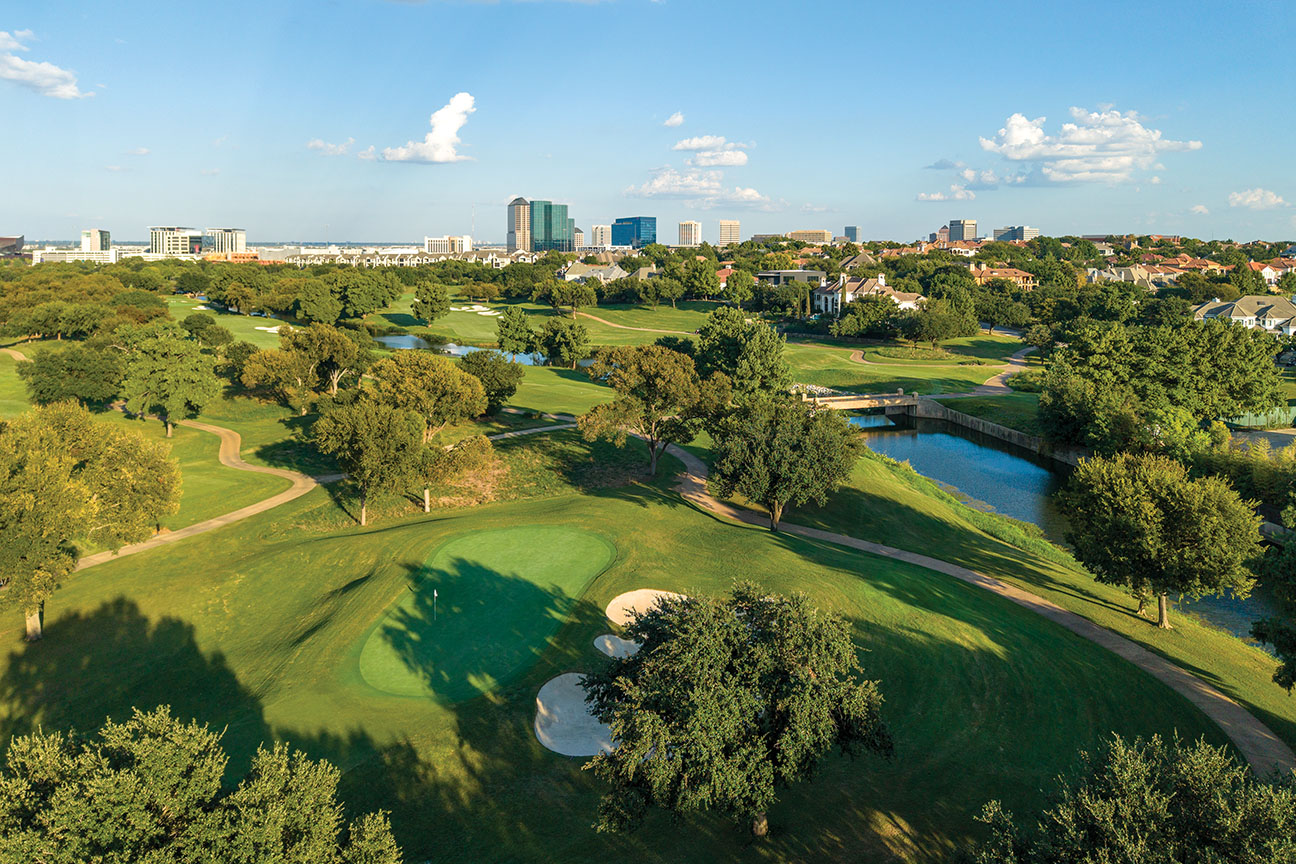
Updates to the existing golf shop are nearing completion, as some patio space was transformed into the new golf shop and the old shop is being turned into additional event space. New merchandise with the updated “Nelson” logo is at the ready in the golf shop and is flying off shelves.
The course opened back in 1982 and was designed by Jay Morrish, who also designed favorites like Buffalo Creek, Pine Dunes and The Lakes at Castle Hills. Morrish collaborated with Lord Byron himself and Ben Crenshaw. The course underwent a major renovation and redesign in 2008 at the hands of D.A. Weibring and Steve Wolfard, with additional input offered from local professionals J.J. Henry and Harrison Frazar.
Seven sets of tees offer plenty of options for players of any ability, from touring professionals to resort guests who may only play a few rounds annually. From the Byron Nelson tees, the course tips to 7,100 yards. There are also multiple “combo” tees, which add several more yardage options. For example, the Blue tees play to 6,360 yards, which may be a little too much and the white tees play at 5,805, which can be a little short. The combo Blue/White (listed as Gold tees), will play in between the two yardages at 6,020.
The opening hole at TPC is a slight dogleg right par 4 that comes in at 452 from the tips (“Nelson” tees). Long hitters can chase tee shots down a slight slope that can add some distance and leave a much more manageable approach. This will leave somewhere in the neighborhood of a mid-iron remaining for most players, or a possible short iron depending on which tees are selected. The two-tiered green is guarded by a pair of bunkers, one on the right and one on the left. Find the proper tier on approach for the best shot at a birdie. It’s a solid opening stanza to a course that only gets tougher as you continue.
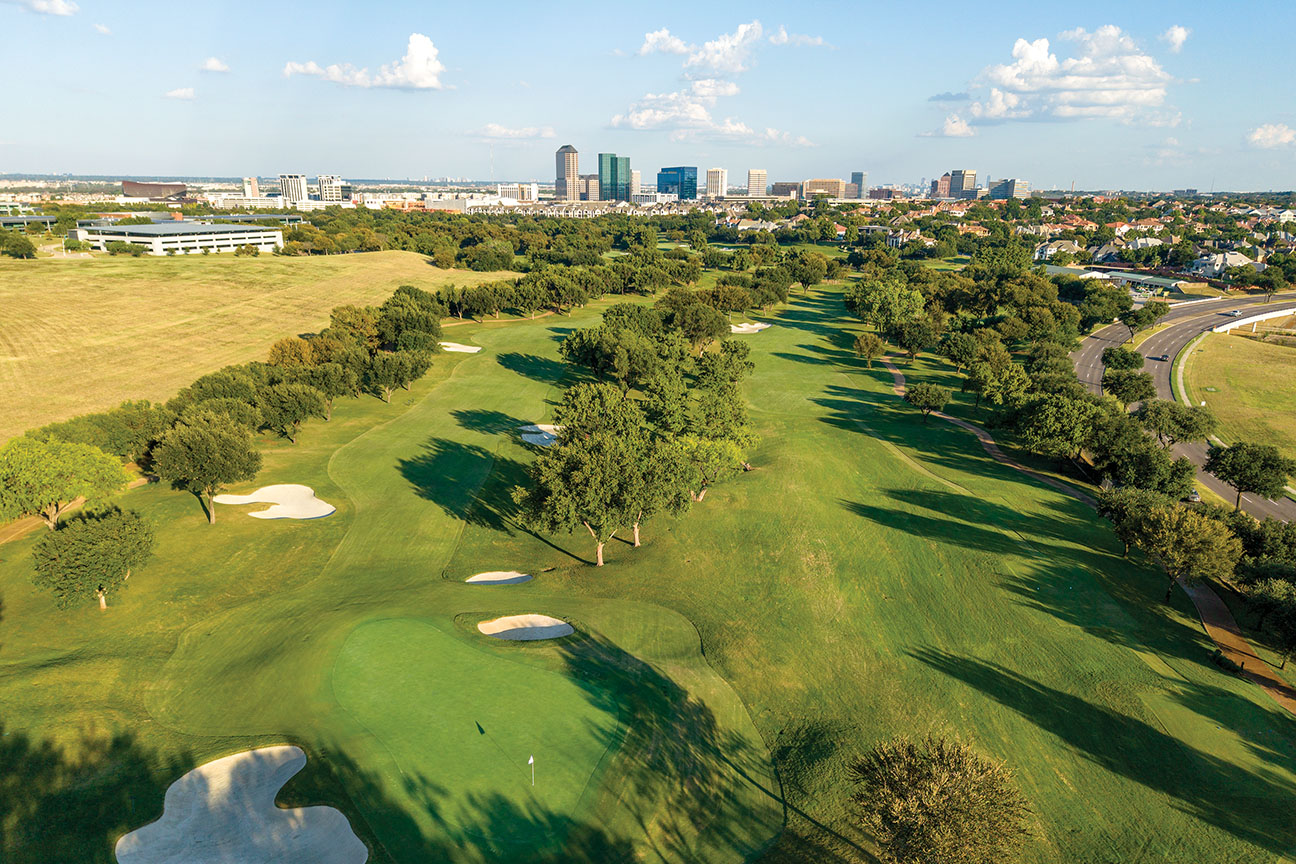
After the par 3 2nd hole, players must navigate one of the more difficult par 4s on the property. Listed as the No. 1 handicap, No. 3 can be made easier when appropriate tees are selected. The tips play a whopping 520, meaning those that can mail one to the 300-yard mark will still be left with almost all they can handle on approach. Playing the one-in black tees still sits over 500 yards, blues at 460, and the white tees are still 410. At this point in the round, you will know if you have chosen the proper tees to play, as this hole can chew up even the most talented players. If the distance wasn’t a challenge enough on No. 3, there is water all down the right side and bunkers left, so finding this narrow fairway can be difficult. It is really one of the toughest par 4s anywhere in the area.
The second par 3 of the opening nine comes at No. 5. It is the shortest par 3 on the TPC course, playing at 172-yards from the plates. From the blue three-in tees, it plays a much more palatable 126 yards, making this just a wedge for most players. Players must carry a canal to a relatively small putting surface that is guarded by bunkers. Anything that comes up short runs the risk of funneling into the water, and finding either bunker will leave a diabolical up-and-down attempt. It may look benign on the scorecard, but this little par 3 will require precision and all of your attention.
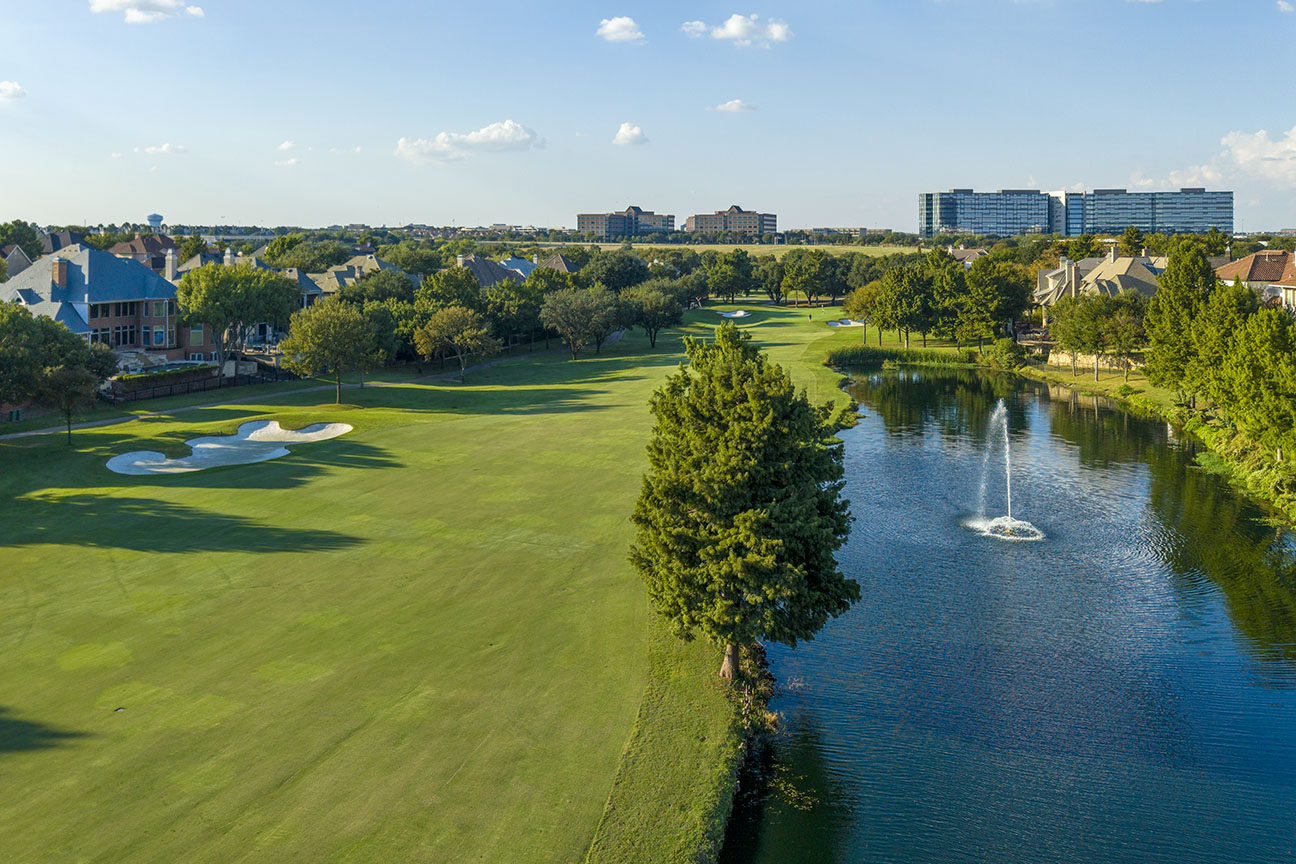
There is only one par 5 on the front nine of this par 70 layout, and that comes at No. 7. A large fairway bunker on the left makes this a challenging tee shot, as players must carry it to find the fairway. Target your tee shot right of that bunker, and there is a second fairway bunker on the right that can be reached by longer players. Finding the fairway is key and those who do have a chance to get near the green in two, but a more conservative approach might be warranted given the hole plays a significant bit uphill and the green can be next to impossible to hold coming in with a longer club like a three wood or long iron. There is also a deep bunker that guards the front left of the green that must be avoided at all costs. This can be an easy par, but course management is at a premium.
After a couple more par 4s to round out the opening nine, the course begins to really show some character. No. 10 features water on the left in the way of the same canal you see throughout the front nine. A fairway bunker left needs to be avoided to have a good look at the green. Missing to the right is also no bargain, as trees in that direction can stymie approach shots, forcing a punch shot or a pitch back into the fairway.
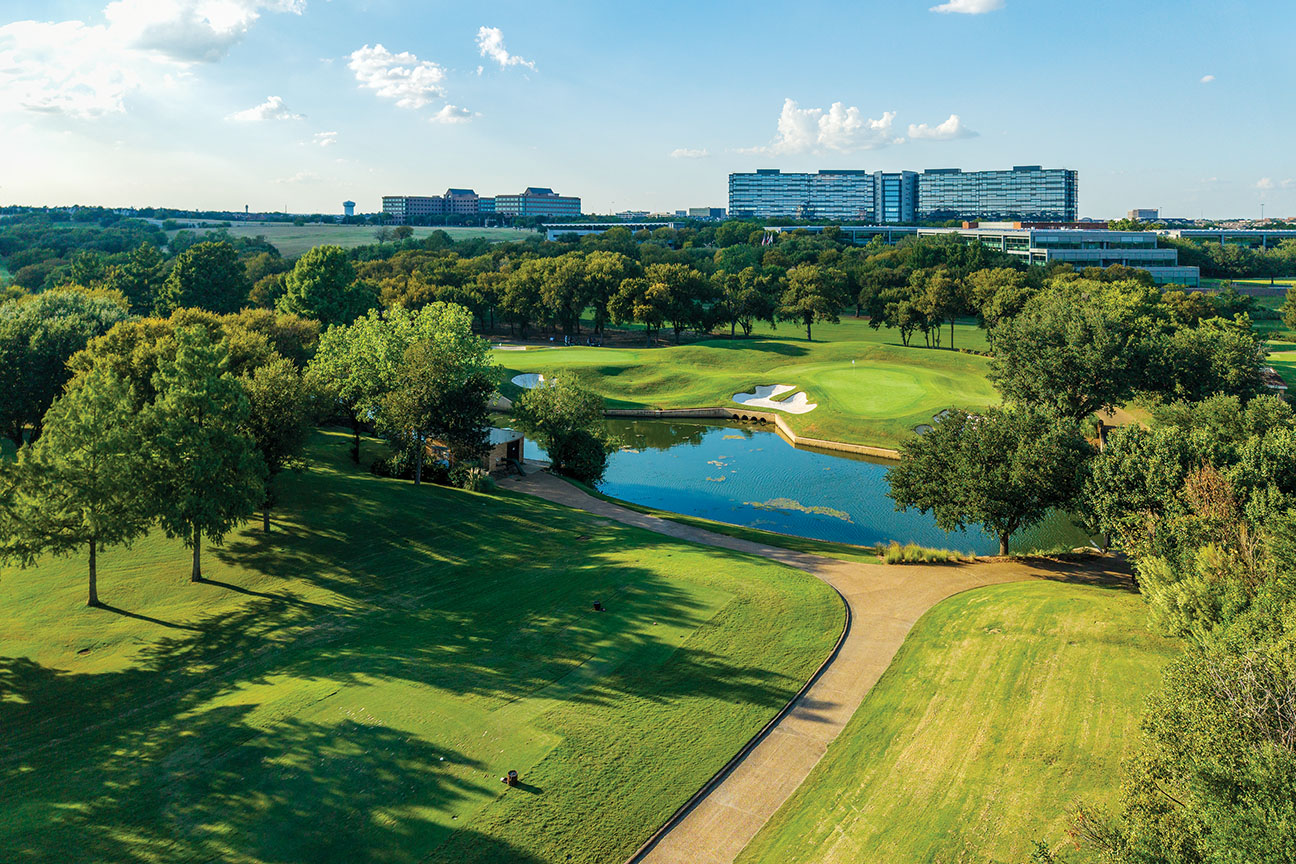
As great as the finishing holes are at TPC (more on that in a moment), the stretch of 11-14 is also very entertaining. No. 11 might be my personal favorite hole at TPC. Classic risk-reward, this 300-yard par 4 can supercharge or destroy your round depending on how you choose to attack it. Again, course management is paramount, as the pin placement should really determine how you play the hole. Pins in the back left allow players the option to be a bit more aggressive, while pins on the right will leave very awkward pitch shots remaining should players tee shots advance too far. For those with real firepower, pick a line just over the water’s edge on the left and bombs away. There are multiple different ways to play No. 11, and there is really no wrong answer.
No 12 is a tough customer as the tee shot is daunting to say the least. Playing uphill with a hard dogleg right, this par 4 has a bunker at the corner of the dogleg that will gobble up golf balls and bring bogey or worse into play before you ever near the green. Favor the left center of the fairway for the best angle of approach. Bunkers short and long-left of the green need to be avoided if you want the easy par.
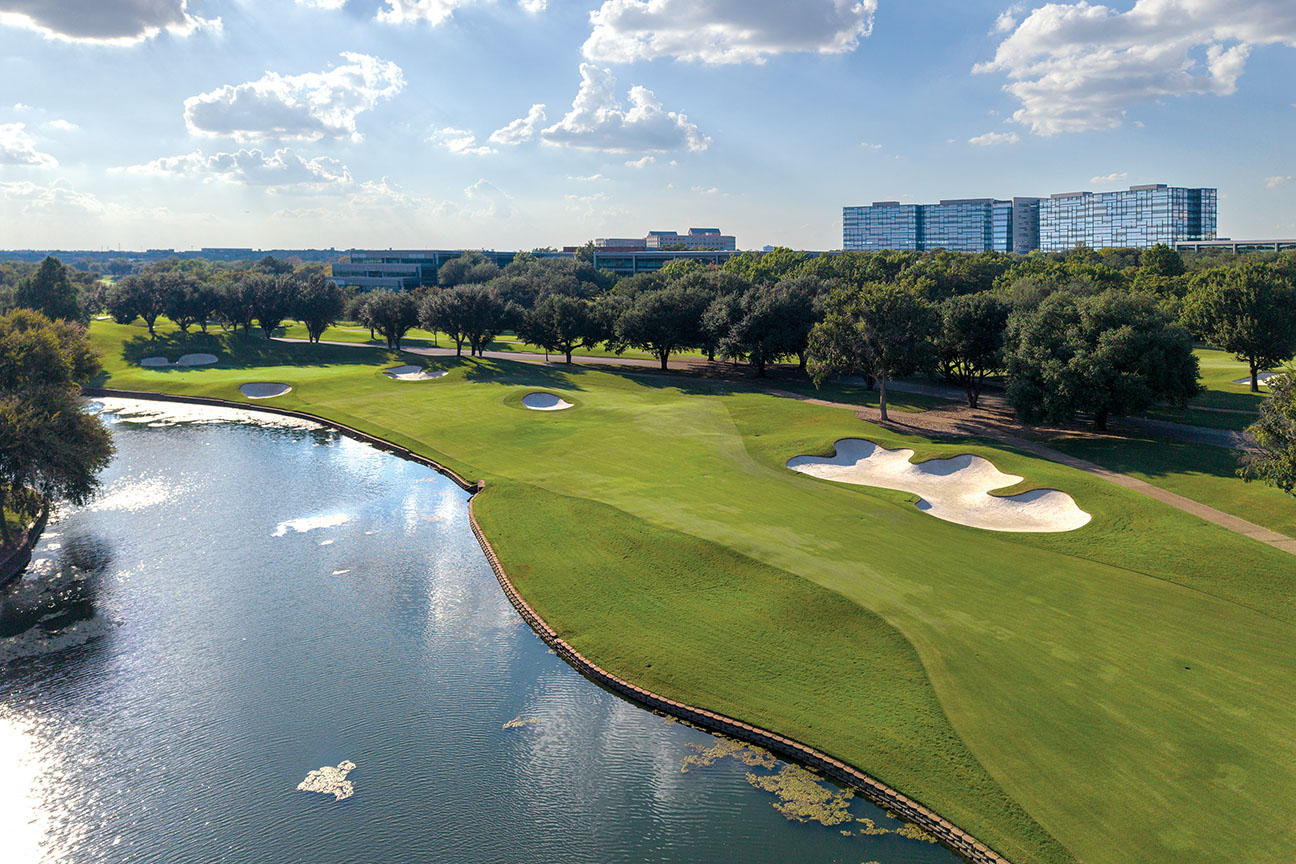
After a fun, short par 3 that plays 150 from the blue tees, comes the difficult par 4 14th. Water crosses the fairway at around 250 yards, meaning most players will need to choose less than driver to stay dry. A three metal or even a hybrid makes sense but be sure to favor the left side of the fairway to have the best look at the green. It’s a pretty golf hole and sticking with the theme of the round at TPC, one that needs to keep your attention.
The final stretch at TPC is memorable and fun. No. 16 is a monster par 5 that plays 541-yards from the back tees. Now, that may not seem like a lot for players that can really bomb it, until you realize the hole plays slightly uphill and almost always into the predominant south wind. Suddenly, 541 plays more like 610. If you do happen to catch the course on a day with light winds, it’s not as daunting a task, but for most players, this will be a three-shot hole. It’s not just the length of the hole that presents a challenge here, as there is also significant bunkering to deal with both off the tee, in the secondary landing area and greenside. There are nine bunkers total on No. 16 and finding any of them can make the hole that much more difficult.
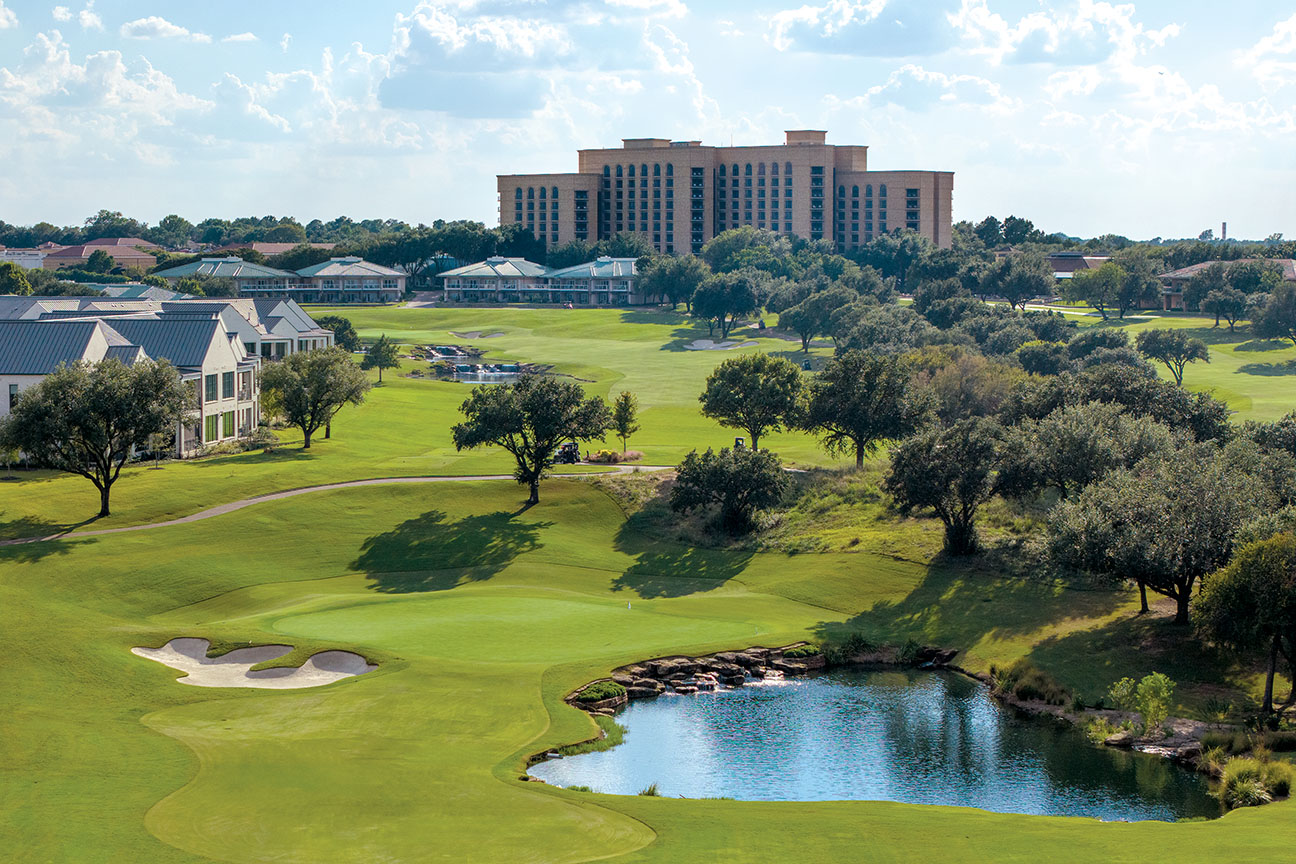
If you remember watching the Byron Nelson when it was still at TPC, then you likely remember the drama No. 17 and No. 18 could bring. 17 is one of the most famous par 3s in DFW golf, with its picturesque, downhill, over-water iron shot. It can play close to 200 yards for the pros, but for regular Joes, it will top out about 175. It’s best to not mess with pins tucked on the right, but pins middle or left can be a green light. It’s also a great place to get some photos or video your swing just in case lightning strikes and someone holes one.
The final hole at TPC is another beautiful par 4 that offers tee views of the Ritz-Carlton in distance and a water feature that guards the left side of the hole in the foreground. There is a fairway bunker on the right that offers a great aiming point off the tee but be sure you take the proper club to not end up in it. At 426 from the Nelson tees, most people won’t reach if they play all the way back, but as you work your way up to closer tees, the bunker creeps into play. The water on the left works its way all the way up to the green, so choosing a conservative line on approach might be the best way to secure a par and walk away a happy camper.
TPC is far from an easy golf course. It’s long and difficult off the tee. That said, the rough is rarely horrifying, and the greens aren’t hardwood floor slick. So, what makes TPC tough? Well, for most, it’s the bunkering, which can be extremely penal. Fairway bunkers are strategically in perfect places, and greenside bunkers are deep and difficult to navigate. If you can go a round without finding many bunkers at TPC, you should find some level of success.
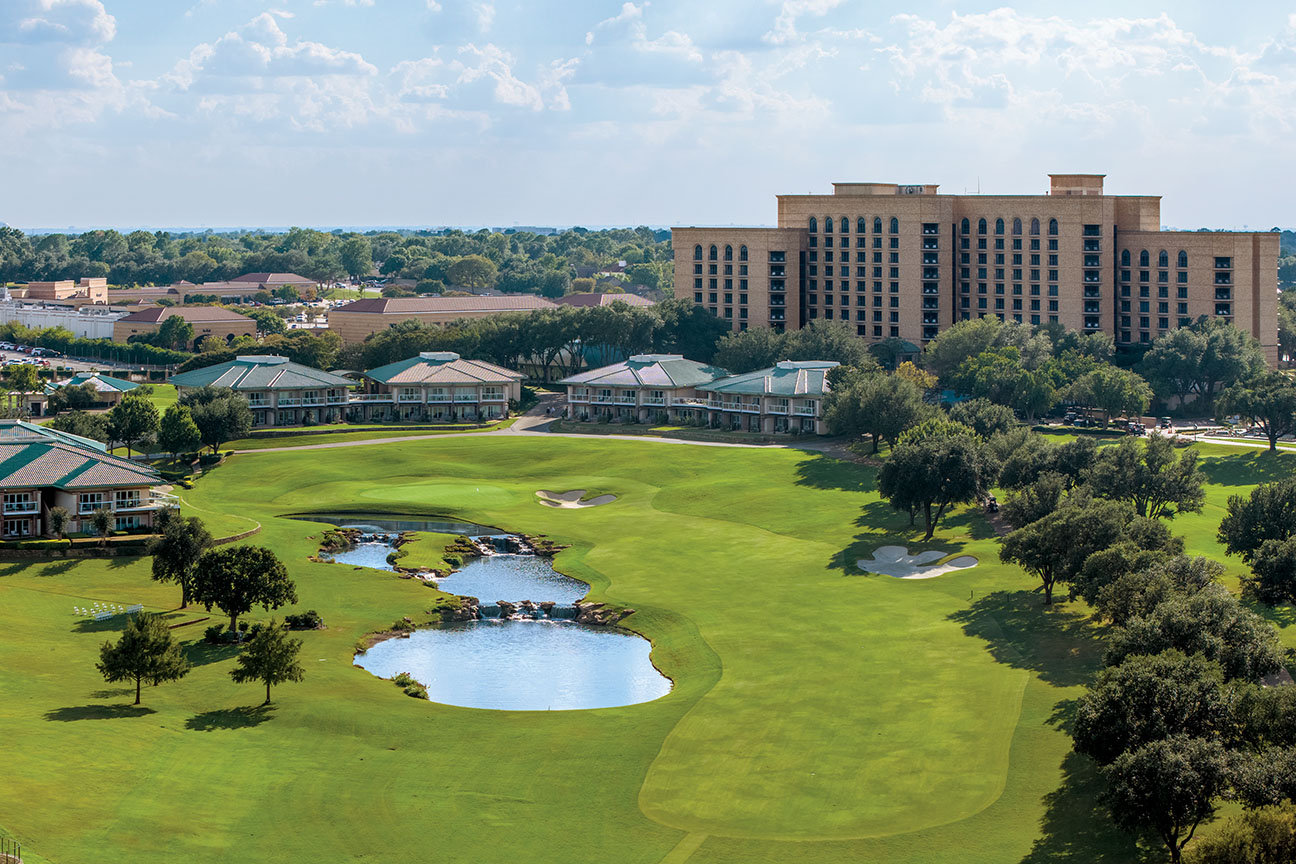
Although TPC can no longer boast being the home of the Byron Nelson, it still is THE home of Byron Nelson. His mystique can still be felt on the course and as you pass by his statue on the way to tee it up. The new branding and new name in his honor are a perfect fit. While the course isn’t public, it is accessible, and a track that every DFW golf fan or Byron Nelson lover should make it a point to play.